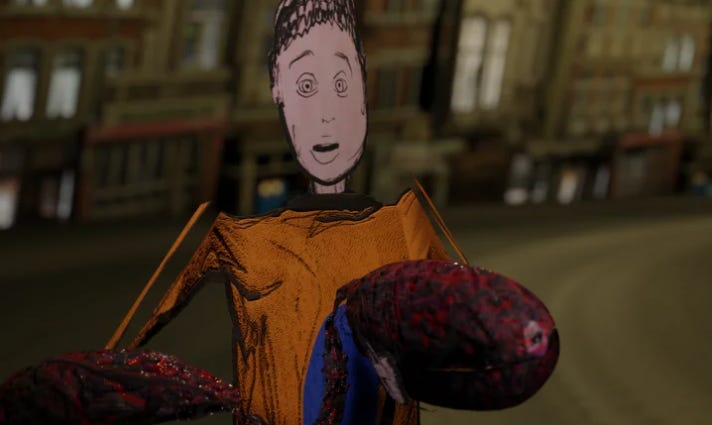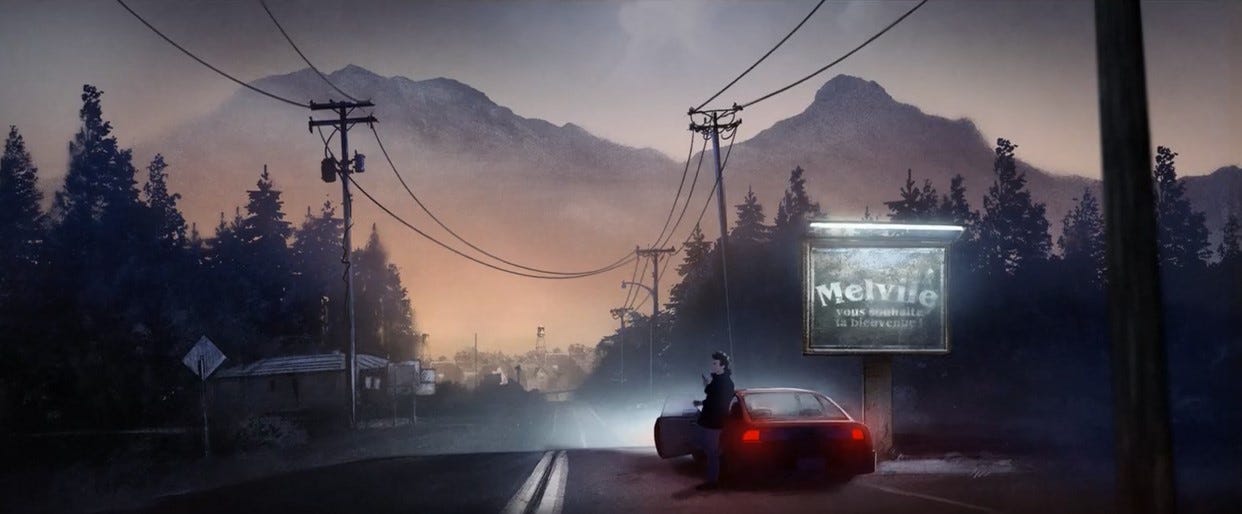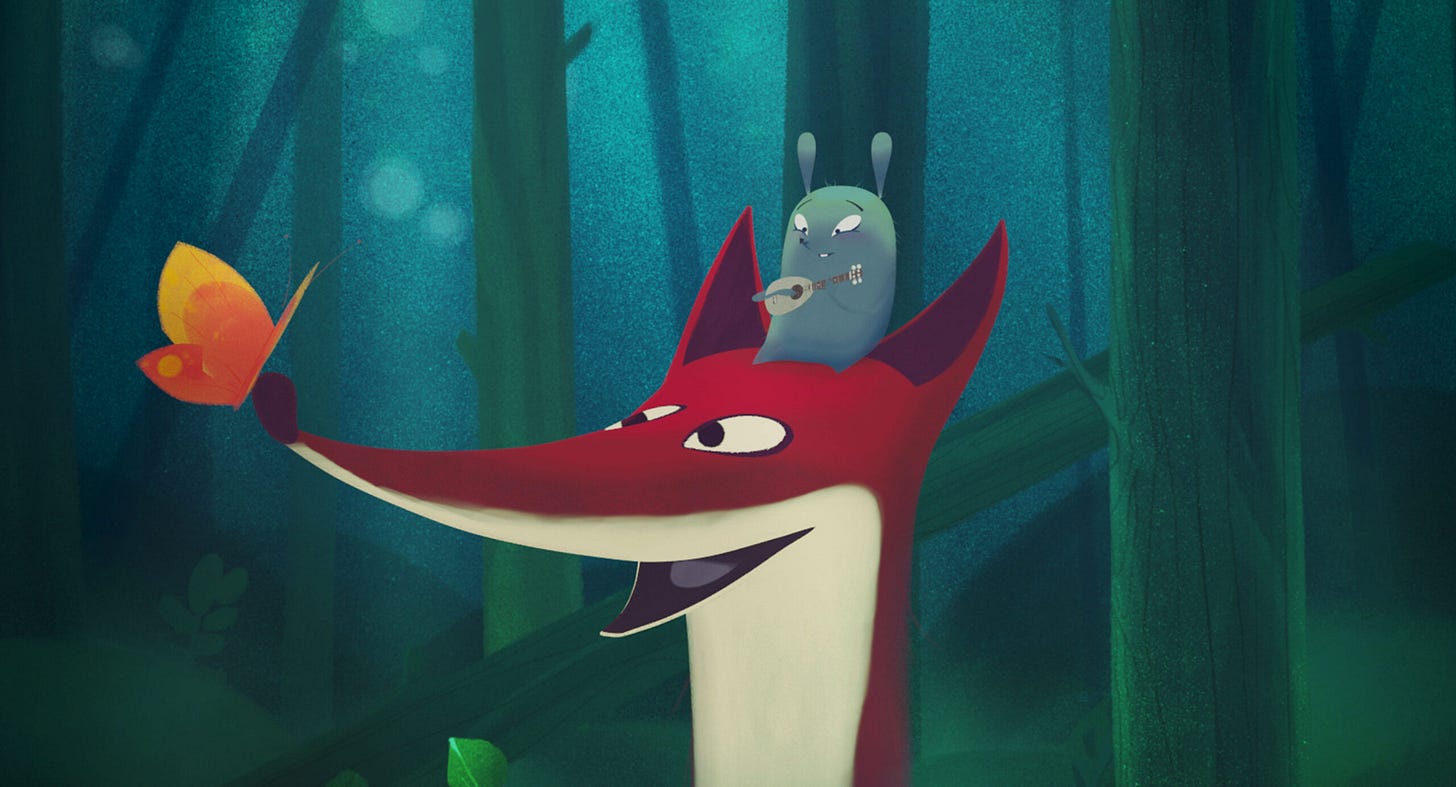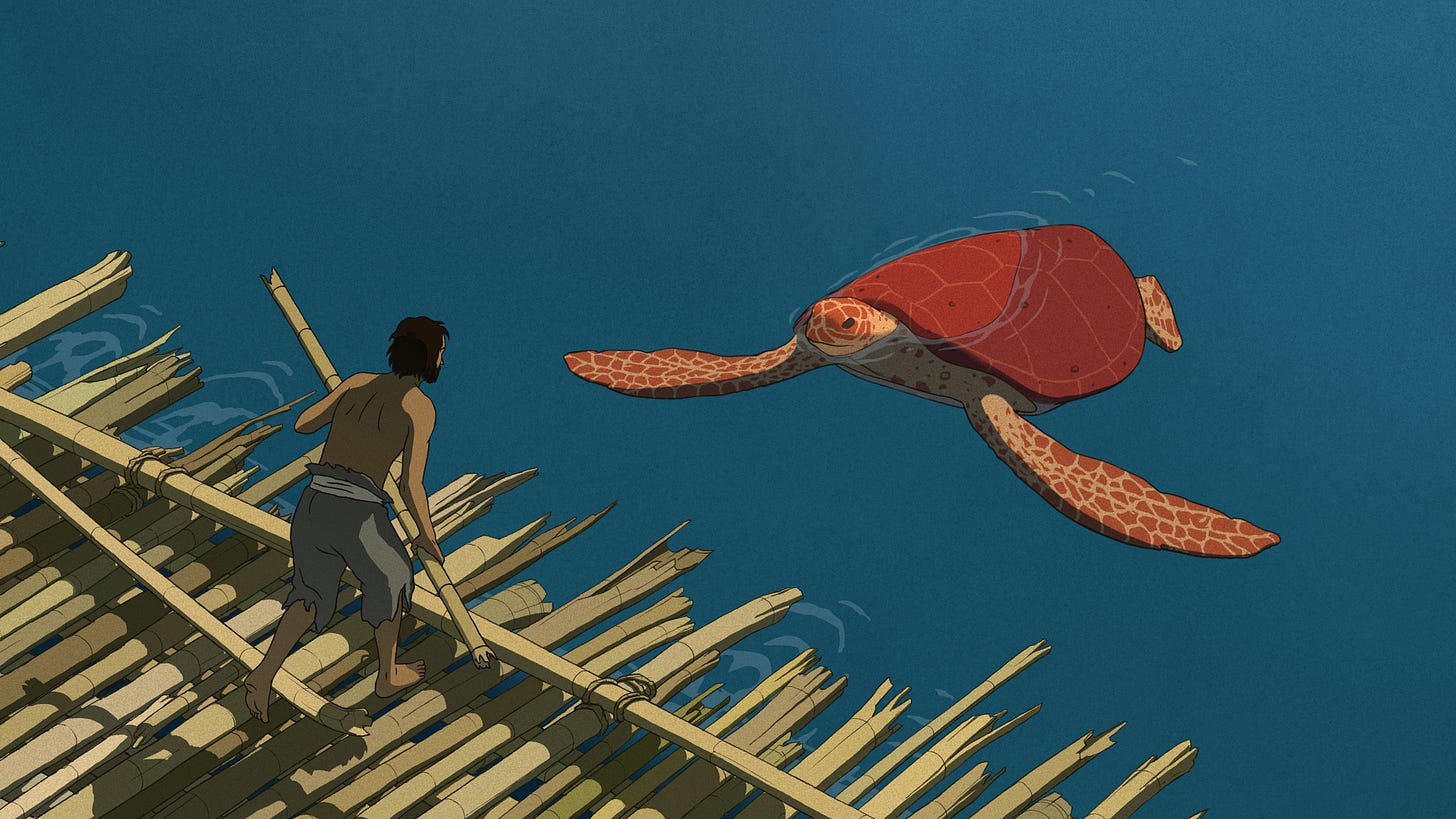A Country Called Panic? A (Not So) Brief State of the Animation Financing in Belgium
Like many other small countries, Belgium struggles to finance properly its audiovisual industry. But this lack of support is even more apparent in the animation sector.
As a journalist trying to dedicate my work to animated cinema, it’s always been intriguing to me how few of my Belgian colleagues make the trip to Annecy each year.
For this edition, where Belgian short film directors Nicolas Keppens, Quirijn Dees and Nicolas Piret among others where present along with Belgian talents being featured in both Flow and The most precious of cargoes, this lack of media coverage was even more blatant.

As the French say, no one is a prophet in his country, but behind this lack of enthusiasm from the press lies a somewhat bitter observation : animated cinema made in Belgium still struggles to exist, due to lack of adequate funding opportunities, despite a Belgian audience that longs for animated content.
In an industry where series and feature films are the strongest sounding boards, Belgium can count its animated achievements of recent decades on the fingers of one hand. Does the Belgian animation industry not have the shoulders for this type of production, or is it a more complex question?
Through this piece first published in June on Cinergie, and with the help of producers and artists in the sector, I tried to provide some keys to understanding what are the main issues facing Belgian professionals in the animated film industry.
As always, I hope this piece provides a better understanding, but feel free to interact and share your own impression, should you be part or connected in some way to this industry.
And then there was Le Centre du Cinéma
It’s almost common knowledge that the Centre du Cinéma film fund is the almost essential starting point for any upcoming Belgian audiovisual project, be it animated or not. From these different funding opportunities - writing, development, production - then comes co-production agreements, regional funds, support from broadcasters, pre-sales and ultimately the very existence of the film.
However, in the little game of finding funding, animation sometimes struggles to get support. Either because it is little known by the professionals responsible for this attribution of the financial holy grail, or because it is regularly, according to the joint voices of the sector, underestimated in view of its national and international influence. Or even, for some, because it is aimed at a younger or family audience.
First of all, let's give the Selection Committee its due merits : on the short film side, animation enjoyed a better support rate in 2023 (23.53%) than the average of projects submitted (20.25%). A happy advantage, which unfortunately vanishes when we turn to the much better endowed areas of series and feature films. There, despite the impetus and the work of Jeanne Brunfaut's teams for several years, very few projects reach the Committee’s doorstep.
Where, despite good will and according to the words of certain professionals who are themselves members of the Commission, the selection committees sometimes find themselves clueless in the face of these proposals of which they do not necessarily understand the unique specifics.
Because financing an animation project involves very different amounts of money than a live-action project, and very distinct processes. And even if the Centre du Cinéma has been aware of the specific needs of animation for a long time, this awareness is not yet enough to allow the emergence of major projects, for which support at a higher political level is necessary.
The result is resources that are not necessarily accessible, and which greatly complicate the rise of major animated productions in French-speaking Belgium today. The result is baffling : out of 83 feature film projects supported in 2023, only four are animated feature films. A majority production and three minority coproductions, which amounts to a little 5%1.
In French-speaking Belgium, the financing tools are not - as of today - designed for animation. An observation that was echoed last year by the Union of French-speaking Film Producers, in a joint note addressed to the Centre du Cinéma. In this open letter, supported by numerous representatives of the Belgian animation sector, including the A.B.R.A.C.A., Belgian association gathering authors and creators of animation, the signatories evoke a lack of knowledge of the sector and urge the Centre du Cinéma to consider Belgian animation as a sector in its own right, requiring specific aid and processes for both feature films and series. A timely discussion, as Belgium’s dedicated Series Fund is currently undergoing a notable overhaul in collaboration with the main broadcasters RTL and RTBF.
That being said, and even if we dare to hope for a long-awaited recognition of Belgian animation’s potential, it is certain that the problem will remain the size of its market. Belgian broadcasters and distributors will never be able to support animation with consistent and adapted amounts in relation to its manufacturing cost, unlike France whose number of inhabitants represents five times that of Belgium, fifteen times that of the Fédération Wallonie-Bruxelles.

“In the meantime,” Anne-Laure Guégan, producer of Melvile, the only majority animated feature film supported by the Cinema Center in 2023, confessed that she “had to look for the money elsewhere. When it comes to animated feature films, co-production is essential. All European producers know this. To produce Belgian films [as main producer] we need funding that allows us to have weight in the production structure.” And that proves difficult many times, as mentioned earlier.
“Belgium? A service provider country”
Heard in the aisles of international fairs, this sentence was reported to us by several professionals in the field, with a somewhat bitter smile. An observation which is intrinsically linked to the issues raised above.
It is true that Belgium offers lucrative co-production opportunities through its numerous community, regional and national bureaus. And it is the Tax-Shelter which is most often cited by foreign producers, a complex mechanism that allows, if used well, to harvest more or less 45% eligible expenses of a European production. But this very attractive situation also leads to an imbalance at the project level, greatly limiting the production of predominantly Belgian content while impacting projects that see the light of day in French-speaking Belgium.
Because, if we refer to the results of the Centre du Cinéma still, for which the average cost of an animated series is 5.4 million euros, there are very few Belgian companies with the means to raise a majority of this budget on Belgian soil. And despite all the existing opportunities, the amounts are simply too low. From then on, it is through foreign minority co-productions that these studios, large and small, survive. Waiting for the fateful moment when one of their own projects will be able to see the light of day.
A situation which harms the sector as a whole, and encourages the flight of young talents. Because when you have been supported for your short film and praised in your country, it is difficult to resist foreign sirens while a glass ceiling suddenly appears above your national horizon. And there are few artists who manage to surpass it here, despite their international fame. Among these, the duo Patar-Aubier is an exception, recently joined by the directors of Yuku and the Flower of the Himalayas, Arnaud Demuynck and Remi Durin. A film that grew to be a national and international success (more than 100,000 entries in France in 2022), obtained at the cost of many tribulations and after numerous successful short films.

How to stand out, then? For lack of sufficient aid, the Belgian of course have more than one trick up their sleeves.
Working on the edge of the industry
This is the case of nWave studios in particular, which discreetly employs more than a hundred animators in Forest for its annual productions, to great public success. In 2023, The Inseparables brought together more than 61,000 spectators in Belgian cinemas, a figure in reality even greater given that the film was released on December 20 and continued its theatrical run in 2024. In comparison, the 14,000 admissions of Augure, the best score for a feature film in live-action supported by the Centre du Cinéma, seem very few in comparison.
In the south of the country, animation studios like Dreamwall also work with different models, adapting or co-producing animated series and feature films internationally, thanks to the Tax-Shelter mechanism in particular but also to Wallimage, a regional fund well known to producers. With the risk of ultimately being, as we said earlier, only service providers opening access to Belgian mechanisms, very alluring for large European productions.

Finally, after a long and clever construction, the producer Viviane Vanfleteren (Vivi Film) is also doing well by maximizing funding for its projects through a trio of structures located in the three regions. But this clever “patchwork” remains fragile, like the other scaffolding systems that we have mentioned so far.
Hope(s) and prejudices
Is it therefore impossible to have majority production of animation in French-speaking Belgium? At the turn of this legislature, a new wind seems to be blowing in the sector. The A.B.R.A.C.A. has more French-speaking and Dutch-speaking members every month, while young producers are taking on the representation of the sector to professional associations and institutions.
Among the avenues for reflection mentioned, the French model inspires with the limits mentioned above. “One of the major problems in the production of animated feature films in Belgium is development financing,” underlined Anne-Laure Guégan. “It costs three times more than a live-action film, if only because the production of a pilot is absolutely necessary to find money outside our territory. But in Belgium, neither the regions nor the Tax-Shelter can finance this development. To date, only the Centre du Cinéma and the RTBF. Unlike our French neighbors whose regional funds provide development aid, because they have understood that it is in itself an economic sector which boosts employment in the region.” Note that the Cinema Center (CNC) also provides pilot aid, in addition to development aid. A reflection that deserves to be developed here, if we want animation to Belgian is found more regularly on red carpets and in cinemas.
But for a film industry to truly flourish, politicians, professionals and also the press will have to take hold of this story. Because if there is one sector that is popular with the general public, and which could reconnect the Belgian with its cinema, it is that of animation.
And it is clear that for the moment, despite all efforts and will from many professionals, it is still, as we say here in Belgium, Panique au village.
Kevin
This study was conducted only on the French-speaking part of Belgium. Flanders has a rather different funding system, but animation still struggles on both sides of the language border.

